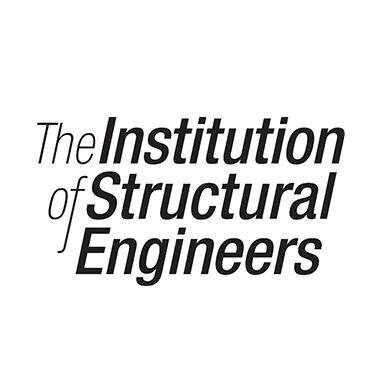
The decision to extend your property should not be taken lightly especially when altering your home. It will be inconvenient, messy and disruptive to day-to-day family life. To ensure that the change to your property goes smoothly, a clear plan is essential.
It is vital that you get your thoughts clear. Ask yourself plenty of questions such as what are you looking to achieve with the project? Why doesn’t the current home layout work for you? Is an extension the best solution? Sometimes adjustment of the internal layout can solve the problem and be more cost-effective than extending.
When you can outline the purpose of the changes, it is time to brief your professional design team. An Architect will work on the layout. Your Structural Engineer will make sure alterations can be made safely. However, more than that, they will suggest ways to improve buildability and thereby reduce costs.
Here are a few things to keep in mind planning your dream renovation or extension:
Develop a clear brief – Have a clear plan and appoint a design team, including Structural Engineer, at the outset. Discuss in detail your requirements and expectations. Make sure to collaborate with them. Set a realistic budget and timeline.
Client, Architect and Engineer should work collaboratively – The key here is to communicate from early on in the project. For instance, the architectural design should not be completed without an engineer, who is then asked to make the design stand up. This situation will invariably lead to unnecessary structural complexity and cost. You may consider appointing a practice that handles both Architecture and Structure internally to ensure collaboration and single supplier responsibility for the outcomes.
Keeping you at the heart of change – If you intend to remain in the property during the works, it is important that the design takes the necessary work sequence into account. A good design will do this, as well as making sure that the final layout is what you want, and all are structurally sound.
Time management – Do not forget the time. Account everything including statutory approvals – Planning and Building Regulations take time. A simple extension that needs Planning approval can easily take six months to design and get approved. Then when the builder prices the detailed design, they may not be able to start for several months.
Budget realistically – For the build and professional fees. It is worth spending a little to establish a sensible brief and budget before committing fully to the project. There is no point getting a design and statutory approvals completed, only to find the build cost is unaffordable.
Enjoy making your house into the home you want. To find out more about the role of a structural engineer and free, practical advice on undertaking a residential extension, visit IStructE’s Building Confidence hub

About: John M Staves:
John Staves is a Chartered Structural Engineer, Fellow and elected Vice President of the Institution of Structural Engineers. He sits on the Institution Board and is a Non-Executive Director of the Institution’s trading company. John has over 30 years’ construction industry experience and currently heads up Michael Aubrey Partnership, a multi-disciplined design practice that also builds its projects. John has a passion for improvement of the construction industry, sitting on the Constructing Excellence Berkshire Board. He actively promotes collaborative design and the use of modern tools, having been an early adopter of Building Information Modelling.
